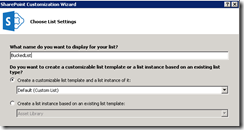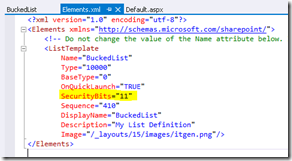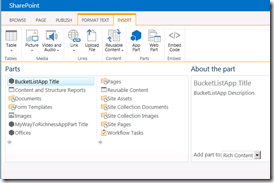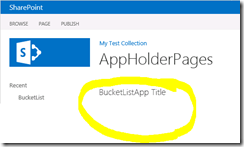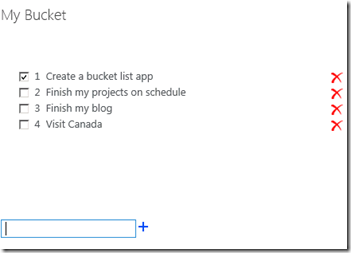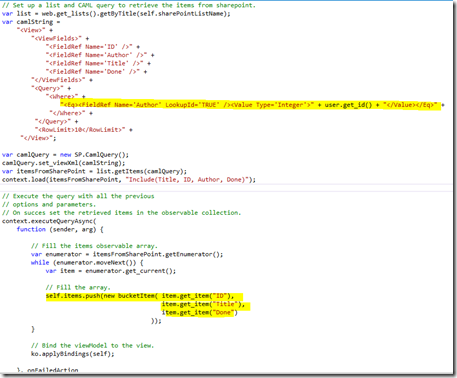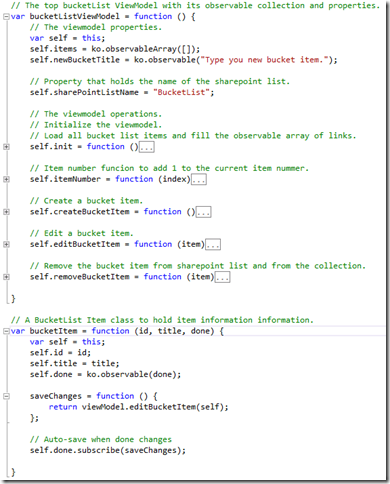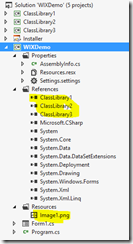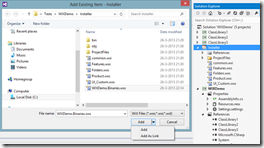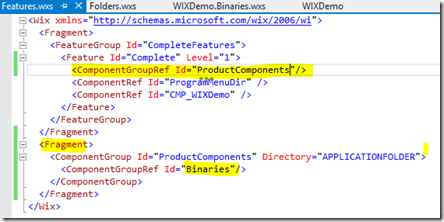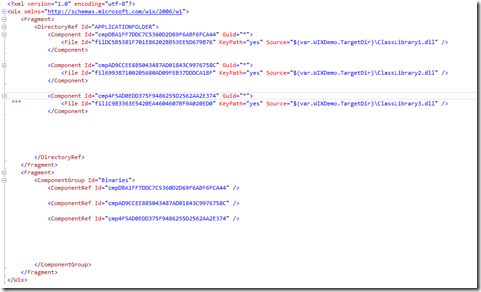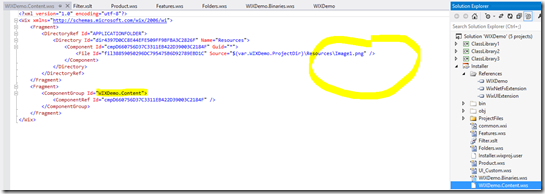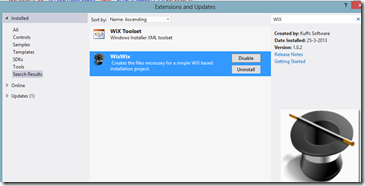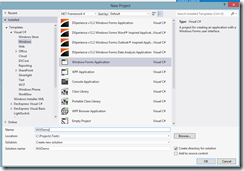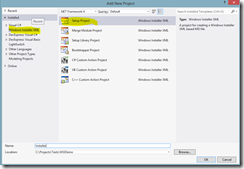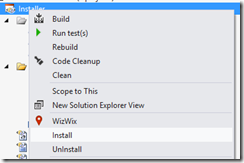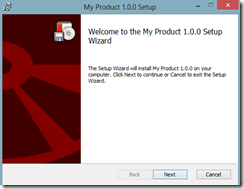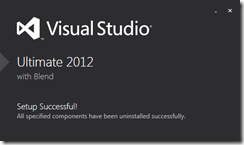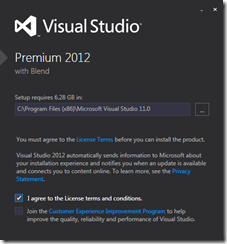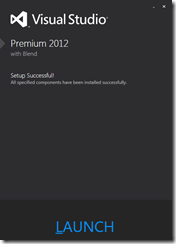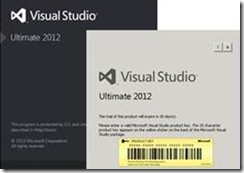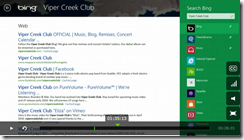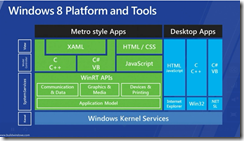'use strict';
// The top bucketList ViewModel with its observable collection and properties.
var bucketListViewModel = function () {
// The viewmodel properties.
var self = this;
self.items = ko.observableArray([]);
self.newBucketTitle = ko.observable("Type you new bucket item.");
// Property that holds the name of the sharepoint list.
self.sharePointListName = "BucketList";
// The viewmodel operations.
// Initialize the viewmodel.
// Load all bucket list items and fill the observable array of links.
self.init = function () {
// Set up a list and CAML query to retrieve the items from sharepoint.
var list = web.get_lists().getByTitle(self.sharePointListName);
var camlString =
"<View>" +
"<ViewFields>" +
"<FieldRef Name='ID' />" +
"<FieldRef Name='Author' />" +
"<FieldRef Name='Title' />" +
"<FieldRef Name='Done' />" +
"</ViewFields>" +
"<Query>" +
"<Where>" +
"<Eq><FieldRef Name='Author' LookupId='TRUE' /><Value Type='Integer'>" + user.get_id() + "</Value></Eq>" +
"</Where>" +
"</Query>" +
"<RowLimit>10</RowLimit>" +
"</View>";
var camlQuery = new SP.CamlQuery();
camlQuery.set_viewXml(camlString);
var itemsFromSharePoint = list.getItems(camlQuery);
context.load(itemsFromSharePoint, "Include(Title, ID, Author, Done)");
// Execute the query with all the previous
// options and parameters.
// On succes set the retrieved items in the observable collection.
context.executeQueryAsync(
function (sender, arg) {
// Fill the items observable array.
var enumerator = itemsFromSharePoint.getEnumerator();
while (enumerator.moveNext()) {
var item = enumerator.get_current();
// Fill the array.
self.items.push(new bucketItem( item.get_item("ID"),
item.get_item("Title"),
item.get_item("Done")
));
}
// Bind the viewModel to the view.
ko.applyBindings(self);
}, onFailedAction
);
}
// Item number funcion to add 1 to the current item nummer.
self.itemNumber = function (index) {
return index + 1;
}
// Create a bucket item.
self.createBucketItem = function () {
// Get the sharepoint list.
var list = web.get_lists().getByTitle(self.sharePointListName);
// Create new bucket item.
var itemCreateInfo = new SP.ListItemCreationInformation();
var listItem = list.addItem(itemCreateInfo);
// Set item values and save the bucket item in the sharepoint list.
listItem.set_item('Title', self.newBucketTitle());
listItem.update();
// On succes push the item in the observable collection.
context.executeQueryAsync(
function (sender, args) {
self.items.push(new bucketItem(listItem.get_id(),
listItem.get_item("Title"),
false
)
);
},
onFailedAction);
}
// Edit a bucket item.
self.editBucketItem = function (item) {
// Get the sharepoint list.
var list = web.get_lists().getByTitle(self.sharePointListName);
// Update the item because the id is set.
// Retrieve the exsisting item from sharepoint and start editting.
var editItem = list.getItemById(item.id);
// Load the editTiem into the sharepoint context.
context.load(editItem);
context.executeQueryAsync(
function (sender, args) {
// Set item values and save the item in the sharepoint list.
editItem.set_item('Done', item.done());
editItem.update();
// On edit succes, nothing needs to happen at this point.
context.executeQueryAsync(
function (sender, args) {
},
onFailedAction);
},
onFailedAction);
}
// Remove the bucket item from sharepoint list and from the collection.
self.removeBucketItem = function (item) {
// Remove the item from the sharepoint list.
var list = web.get_lists().getByTitle(self.sharePointListName);
var listItem = list.getItemById(item.id);
listItem.deleteObject();
context.executeQueryAsync(
function (sender, args) {
// Remove bucket item from observable on succes of async delete from sharepoint list.
self.items.remove(item);
},
onFailedAction);
}
}
// A BucketList Item class to hold item information information.
var bucketItem = function (id, title, done) {
var self = this;
self.id = id;
self.title = title;
self.done = ko.observable(done);
saveChanges = function () {
return viewModel.editBucketItem(self);
};
// Auto-save when done changes
self.done.subscribe(saveChanges);
}



